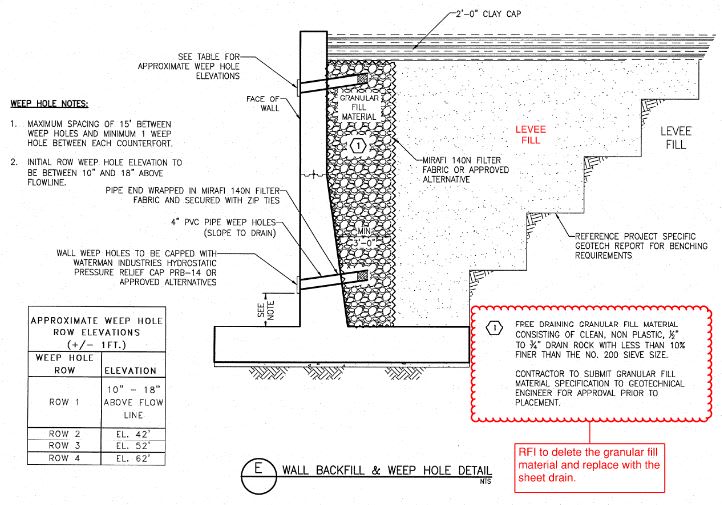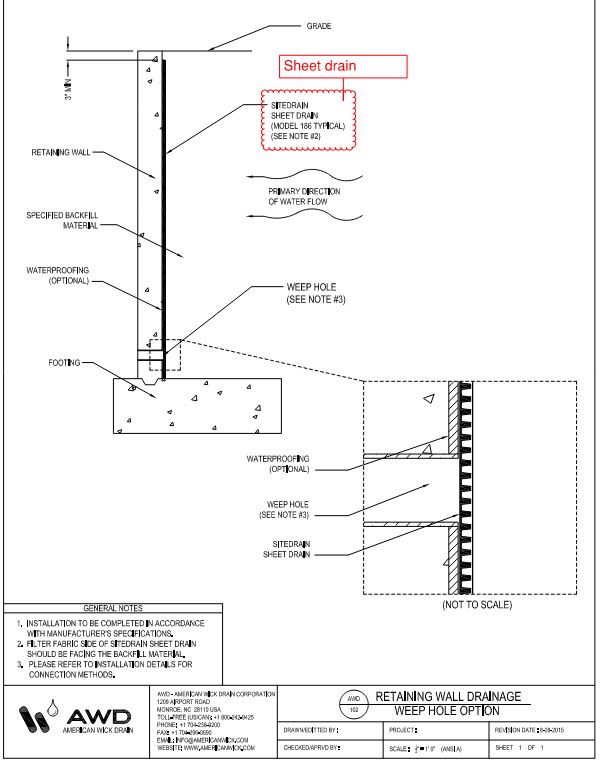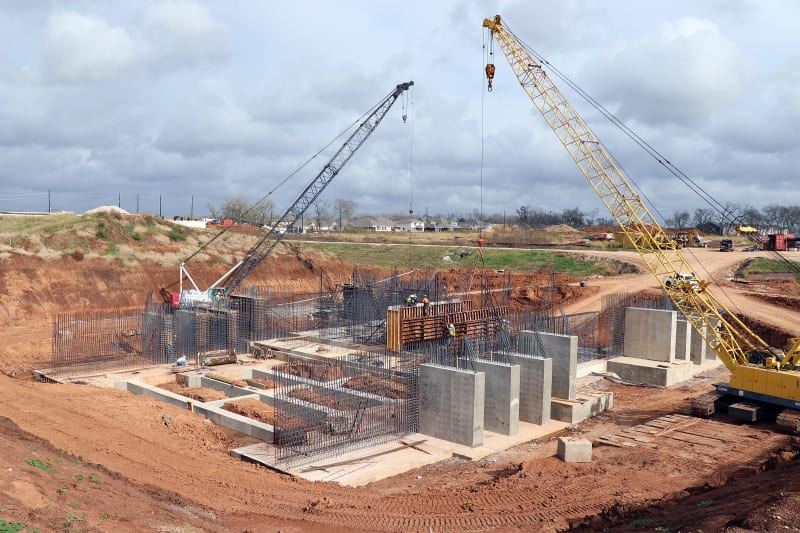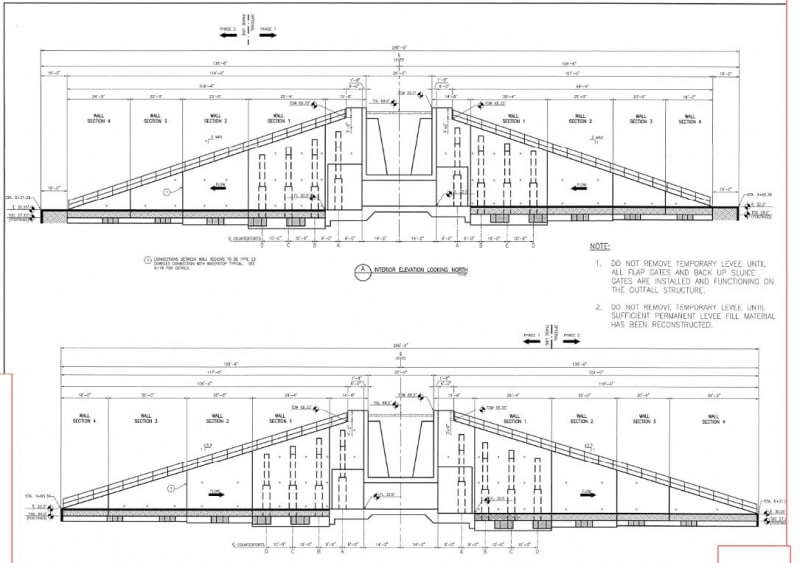JoelTXCive
Civil/Environmental
- Jul 24, 2016
- 933
I have some larger retaining walls under construction now.
The wall heights vary from 2ft cantilevered sections to 40ft. counterfort walls.
Currently we have 3ft of granular fill material directly behind the wall.
The contractor has submitted an RFI wanting to delete the granular fill material; and then add plastic drainage sheets.


Does anyone have an opinion on these sheet drains? I don't doubt that once water hits the sheet drains; it is able to flow down to the weep holes.
I'm concerned that I am losing my 'buffer zone' around the walls though. I have a question out to the geotech, but wanted to ask others too.
Thank you!
The wall heights vary from 2ft cantilevered sections to 40ft. counterfort walls.
Currently we have 3ft of granular fill material directly behind the wall.
The contractor has submitted an RFI wanting to delete the granular fill material; and then add plastic drainage sheets.


Does anyone have an opinion on these sheet drains? I don't doubt that once water hits the sheet drains; it is able to flow down to the weep holes.
I'm concerned that I am losing my 'buffer zone' around the walls though. I have a question out to the geotech, but wanted to ask others too.
Thank you!



